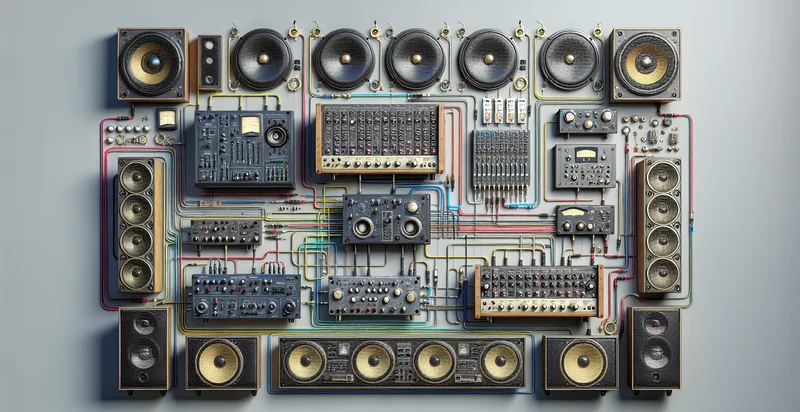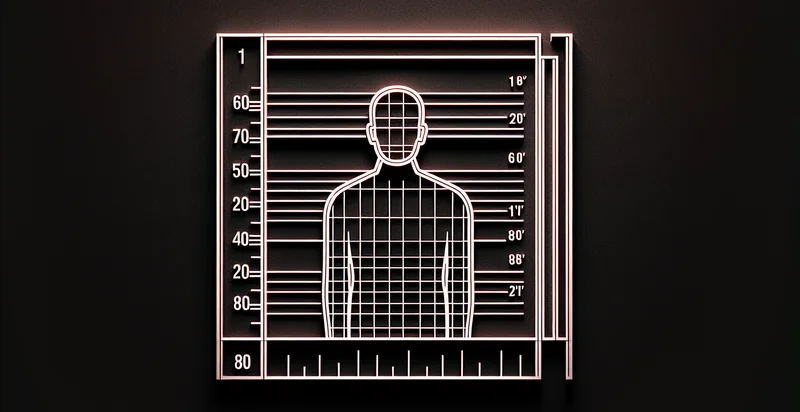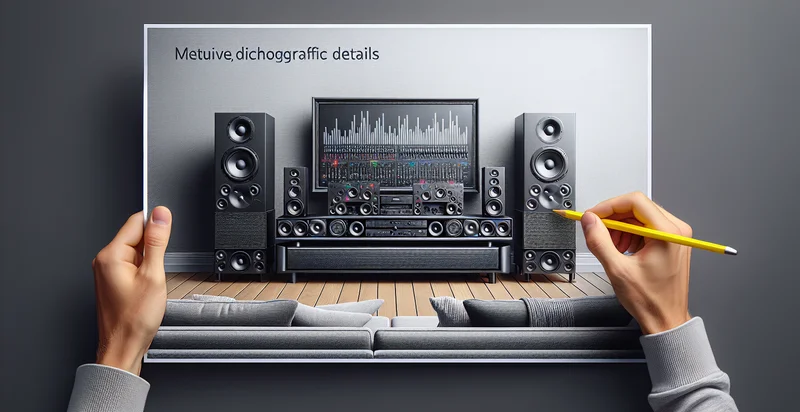Identify sound system configuration
using AI
Below is a free classifier to identify sound system configuration. Just input your text, and our AI will predict the optimal sound system configuration for your space - in just seconds.

Contact us for API access
Or, use Nyckel to build highly-accurate custom classifiers in just minutes. No PhD required.
Get started
import nyckel
credentials = nyckel.Credentials("YOUR_CLIENT_ID", "YOUR_CLIENT_SECRET")
nyckel.invoke("sound-system-configuration", "your_text_here", credentials)
fetch('https://www.nyckel.com/v1/functions/sound-system-configuration/invoke', {
method: 'POST',
headers: {
'Authorization': 'Bearer ' + 'YOUR_BEARER_TOKEN',
'Content-Type': 'application/json',
},
body: JSON.stringify(
{"data": "your_text_here"}
)
})
.then(response => response.json())
.then(data => console.log(data));
curl -X POST \
-H "Content-Type: application/json" \
-H "Authorization: Bearer YOUR_BEARER_TOKEN" \
-d '{"data": "your_text_here"}' \
https://www.nyckel.com/v1/functions/sound-system-configuration/invoke
How this classifier works
To start, input the text that you'd like analyzed. Our AI tool will then predict the optimal sound system configuration for your space.
This pretrained text model uses a Nyckel-created dataset and has 18 labels, including 11.1, 12.1, 2.0, 2.1, 3.0, 3.1, 4.0, 4.1, 5.0 and 5.1.
We'll also show a confidence score (the higher the number, the more confident the AI model is around the optimal sound system configuration for your space).
Whether you're just curious or building sound system configuration detection into your application, we hope our classifier proves helpful.
Related Classifiers
Need to identify sound system configuration at scale?
Get API or Zapier access to this classifier for free. It's perfect for:
- Event Venue Setup: Sound system configuration is crucial for event organizers to ensure optimal audio quality in various venues. By accurately identifying audio setup requirements, organizers can make informed decisions about equipment selection and placement, leading to enhanced attendee experience.
- Broadcasting Station Optimization: Radio and television broadcasting stations require precise sound system configurations to deliver clear and high-quality audio to their audiences. This function helps broadcasters assess their current setups and identify areas for improvement to ensure their signals are crisp and intelligible.
- Home Theater Installation: Homeowners seeking to create the perfect home theater experience can benefit from sound system configuration identification. By analyzing their existing sound system settings, they can receive tailored recommendations that enhance their cinematic experience with immersive surround sound.
- Live Music Performance Enhancement: Musicians and sound engineers can use sound system configuration to optimize sound quality during live performances. By identifying equipment needs and settings, they can ensure that sound levels and audio clarity are fine-tuned for the venue, resulting in an exceptional performance for the audience.
- Corporate Training Room Design: Companies can utilize sound system configuration to improve audio quality in training rooms. By ensuring that sound systems are appropriately set up, participants can engage better, leading to more effective communication and learning during corporate training sessions.
- Educational Institution Upgrades: Schools and universities can enhance audio-visual learning environments by applying sound system configuration insights. Proper configuration ensures lectures are audible to all students, improving focus and facilitating a better academic environment.
- Podcasting Studio Setup: Aspiring podcasters can leverage sound system configuration to enhance their recording quality. By accurately identifying the best microphone placements, soundproofing options, and audio equipment, they can produce professional-grade podcasts that resonate well with their audience.


